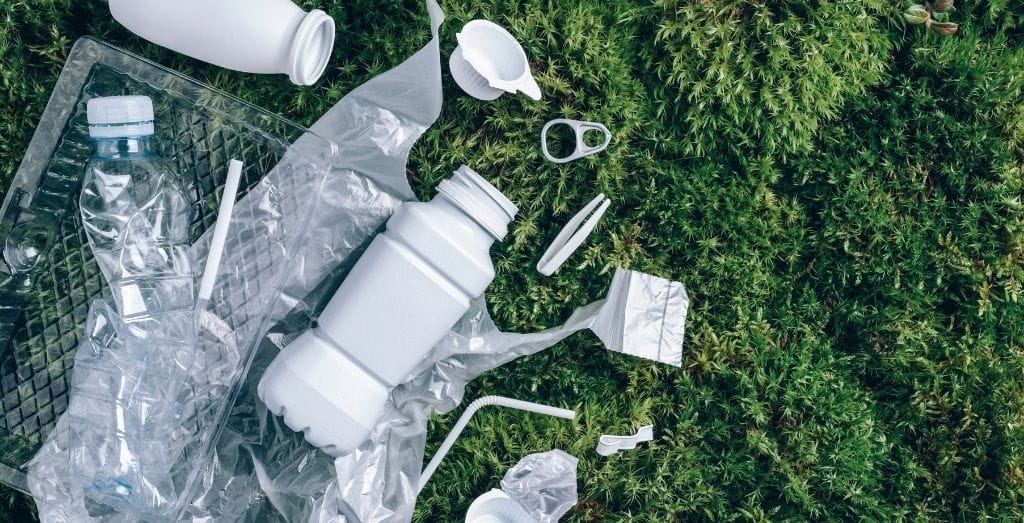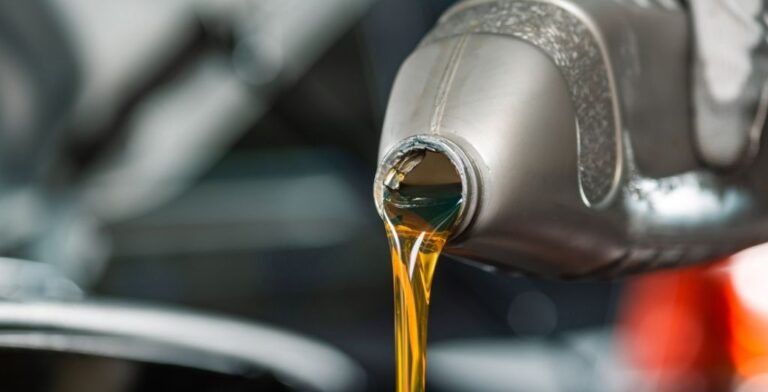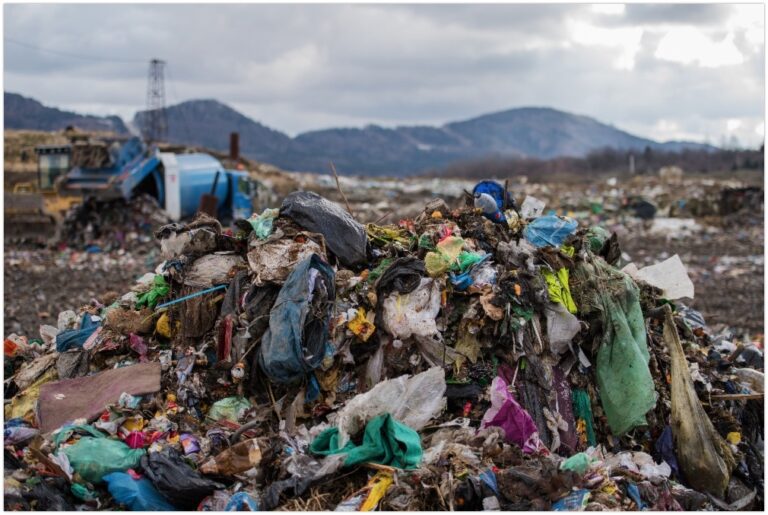Plastic is one of the most common pollutants in the world. Since it is cheap and widely available for production, it is the most obvious and easiest choice for packaging. Australia is one of the worst-case scenarios in its plastic waste situation.
According to WWF Australia, “Australia produces almost 3 million tonnes of plastic each year, and 95% is discarded after a single use. Less than 12% is recycled,” which leaves as much as 7.8 thousand tonnes of daily plastic waste in disposal after a single-use.
This ordeal leads to the worsening condition of the globe. Climate change is a real threat to us. However, the dependence on plastics, especially single-use plastics, makes it seem like it’s the end. Waste management contributes to a heightening climate change and deteriorating Earth. Consequences of plastic waste from plastic use include the warming reality of global warming.
Plastic waste production
From the moment industries produce plastic up until it is up for disposal, plastic already contributes to global warming. Most plastics come from their basic mother ingredient, fossil fuel. Most of the raw materials required to make plastic come from this source. The production of fossil fuels to create the raw materials gives out by-products that worsen global warming.
After all, what do you do with fossil fuel? Burn it. This gives off a million tonnes of carbon dioxide to the environment.
Plastic waste incineration
To make matters worse, a large portion of plastics are single-use only. This means that you get to throw them away after one use because you can’t use them anymore. This means that plastics have a high rate of waste disposal.
You’ll need to find ways to eliminate plastics, including incineration. Burning plastics is one of the easiest and fastest ways to dispose of plastic. This also means that you give off more gas indirectly in the process, resulting in a warmer planet.
Plastic waste in landfill
If incineration isn’t the preferable disposal method for plastics, landfills are one of the more common ones. It seems harmless to just leave plastics in a disposal area. That’s wrong. Plastics in landfills are in direct contact with sunlight which is a good heat source. The plastic waste then breaks down and creates more greenhouse gases that form a more blanketed atmosphere. Though, in theory, it gives off the least greenhouse gas, the large plastic waste volume refutes that claim.
Conclusion
Plastic waste is among the top contributors and most effective pollutants on the planet. Single-use plastic especially makes the situation more alarming. It’s not just a matter of having the cheapest alternative. It’s also a matter of all the hidden and unprecedented costs of producing, managing and disposing of plastic waste.
You can do your part by reducing plastic consumption or making your recycling effort to use plastic again. Either way, it’s a great start to saving the planet.







